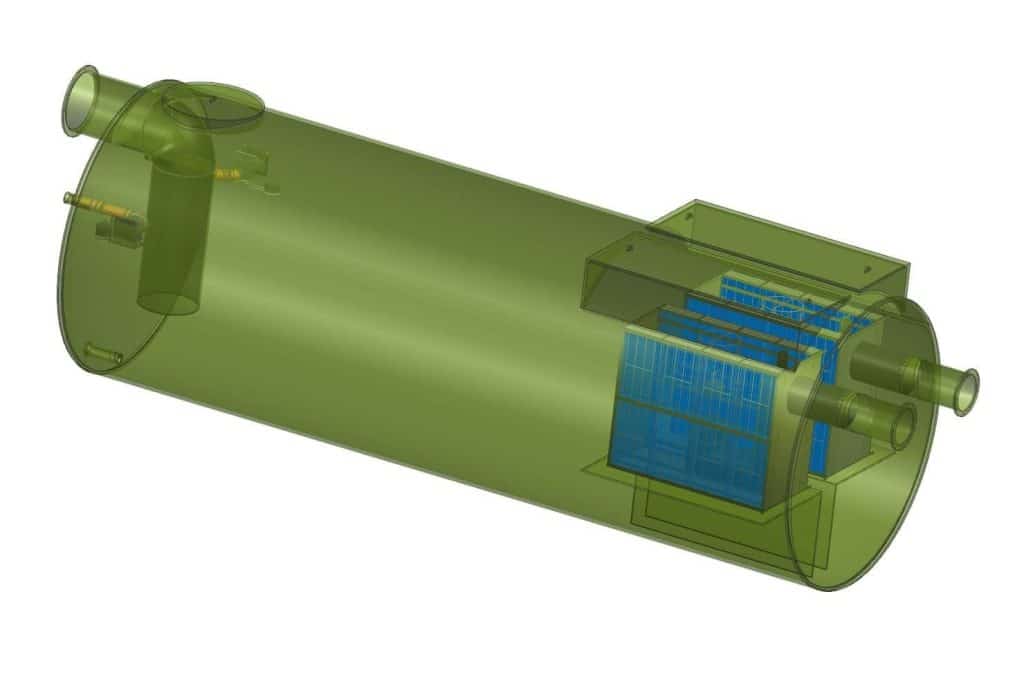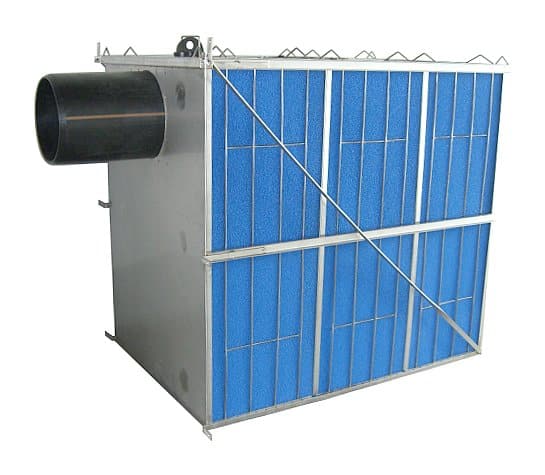Have you thought about What Are The Challenges of Using Below Ground OWS? or the hidden problems of below ground oily water separators (OWS)? These systems are key for cleaning wastewater before it reaches public water systems. But, knowing the challenges of below ground OWS is vital for success and following the rules.
Maintenance access and sediment buildup are big issues. So are the costs of installing these systems and meeting environmental standards. Companies must deal with these problems to keep their systems running well and follow strict rules.
Key Takeaways
- Below ground OWS systems are critical for treating wastewater, but they come with significant challenges.
- Common issues include maintenance accessibility and sediment buildup, which can complicate operations.
- Regulatory compliance is paramount; systems must meet strict discharge standards like the 5 PPM rate set by Freytech Inc.
- Installation costs and difficulties are heightened in regions with severe climates, such as Quebec.
- Regular maintenance is essential to prevent system failures and environmental contamination.
- Advanced technologies, like Freytech’s coalescing technology, improve separation efficiency and compliance.
Understanding Below Ground Oily Water Separators (OWS)
Below ground oily water separators are key in managing water pollutants before they harm larger water systems. They are designed to remove free oil from wastewater. This is done by letting oily wastewater settle in a tank, where the oil floats to the top for collection.
This technology is a big step forward in protecting our environment. It shows how wastewater treatment has evolved to keep our water clean.
Definition of Below Ground OWS
Below ground OWS are special systems for treating oily wastewater. They use gravity, coalescence, and filtration to separate oil from water. This makes sure the water released meets strict environmental standards.
These systems are vital in preventing harm to ecosystems. They also help industries follow environmental laws.
Common Applications in Industry
OWS are used in many industries, like automotive, aviation, and manufacturing. These sectors often face oil spills and need to treat a lot of contaminated water. Below ground oily water separators are a reliable solution for oil removal.
As cities grow, using effective wastewater treatment technology becomes more important. Oily water separators help industries follow environmental rules and support green practices.
Primary Challenges of Below Ground OWS
Setting up below ground oily water separators (OWS) comes with big challenges. These include installation and maintenance hurdles, as well as space and access problems.
Installation and Maintenance Difficulties
Installing OWS can be tough, especially when it’s near other underground systems. In busy cities, these issues get worse. The cold weather in places like Quebec adds to the maintenance troubles.
Things like frost heave and how well materials hold up are key. Keeping these systems in good shape is crucial. If you don’t, sediment can build up, hurting the system’s performance and its ability to meet environmental rules.
Space Constraints and Accessibility Issues
Space can be a big problem for oil/water separators. The area around them is often small, making it hard to work on them properly. Getting to them for maintenance can also be a challenge.
This makes it important to plan carefully when designing and installing these systems. You need to make sure they can be maintained easily while still meeting all the rules.
Environmental Compliance and Regulatory Considerations
Managing oily water effectively is key to environmental compliance OWS. Below ground oily water separators must follow strict rules, especially about hydrocarbon discharge limits. In North America, these limits are set at 10 Parts per Million (10 PPM).
Following these rules is crucial. It helps avoid penalties and protects the environment.

North American Hydrocarbon Discharge Limits
In North America, below ground OWS systems must stay under the 10 PPM limit. Advanced separators can remove up to 99.9% of oil and solids. Some systems can even reach separation rates as low as 5 PPM.
Importance of Meeting Discharge Standards
Companies using below ground OWS need systems that meet hydrocarbon discharge limits. With technology from Freytech Inc., separation can be as low as 0.1 PPM. This high performance is more than just following rules.
It reduces environmental risks and avoids fines. It also keeps operations running smoothly, free from regulatory issues.
Technological Limitations and Advancements
New technologies in oily water separation have changed the game for below ground OWS. Enhanced coalescing technologies are a big step forward. They tackle major issues in separation and meeting rules.
These systems can handle a wide range of hydrocarbons, like motor oil and diesel. They meet the needs of many industries.
Enhanced Coalescing Technologies
Enhanced coalescing technologies are a big improvement in separation. They use new materials and designs to better separate oil and water. This leads to a more efficient process.
Thanks to these systems, operations can meet North American hydrocarbon discharge limits of 10 PPM. They can even aim for lower limits, like 5 PPM or 0.1 PPM.
Comparison with Other Separation Methods
Looking at different separation methods, enhanced coalescing technologies stand out. They outdo traditional mechanical and chemical separators. Mechanical systems are simple and reliable but less efficient. Chemical systems are getting more attention due to stricter rules, but they add complexity.
Enhanced coalescing technologies offer a better solution. They meet new environmental standards and help the OWS market grow.
Freytech Inc. Solutions for Below Ground OWS Challenges
Freytech Inc. leads in providing advanced oily water separator solutions. They tackle the unique challenges of below ground systems. Their technology and custom designs achieve superior separation, down to 0.1 PPM. This high efficiency ensures compliance and protects our environment.
Superior Separation Efficiency of Freytech Systems
The EcoLine B series from Freytech offers enhanced separation for various industries. It handles stormwater runoff and wastewater treatment. Freytech’s OWS systems have a 5 PPM efficiency, trusted by Fortune 500 companies and meeting Connecticut’s strict regulations.
By using these advanced separators, users save time and money. This leads to better compliance and eco-friendly operations.
Contact Freytech Inc. at +1 (305) 372-1104 for More Information
If you want to improve your oily water separation systems, Freytech Inc. is here to help. They assist airports, power plants, and other industries with specialized oil water separators. Contact Freytech at +1 (305) 372-1104 for more information on optimizing your OWS systems and protecting our water resources.









